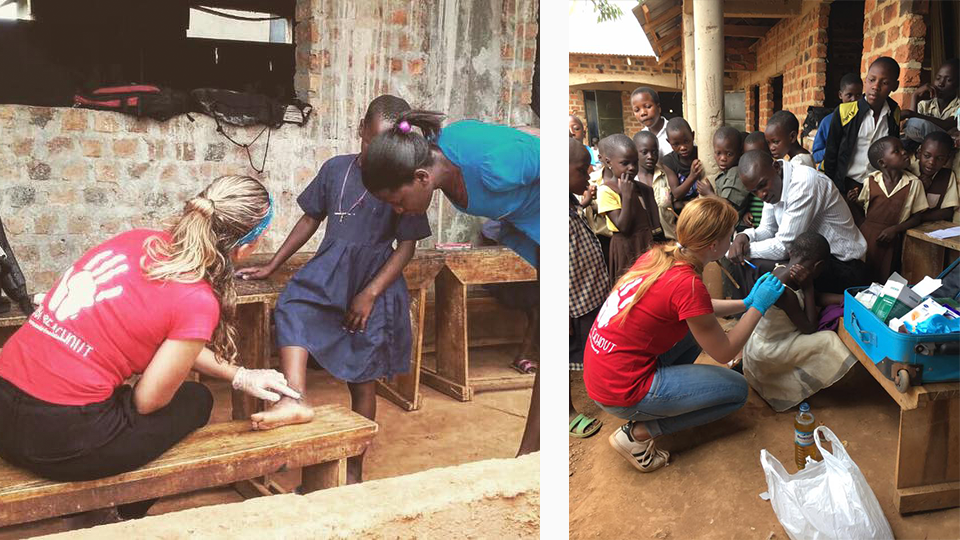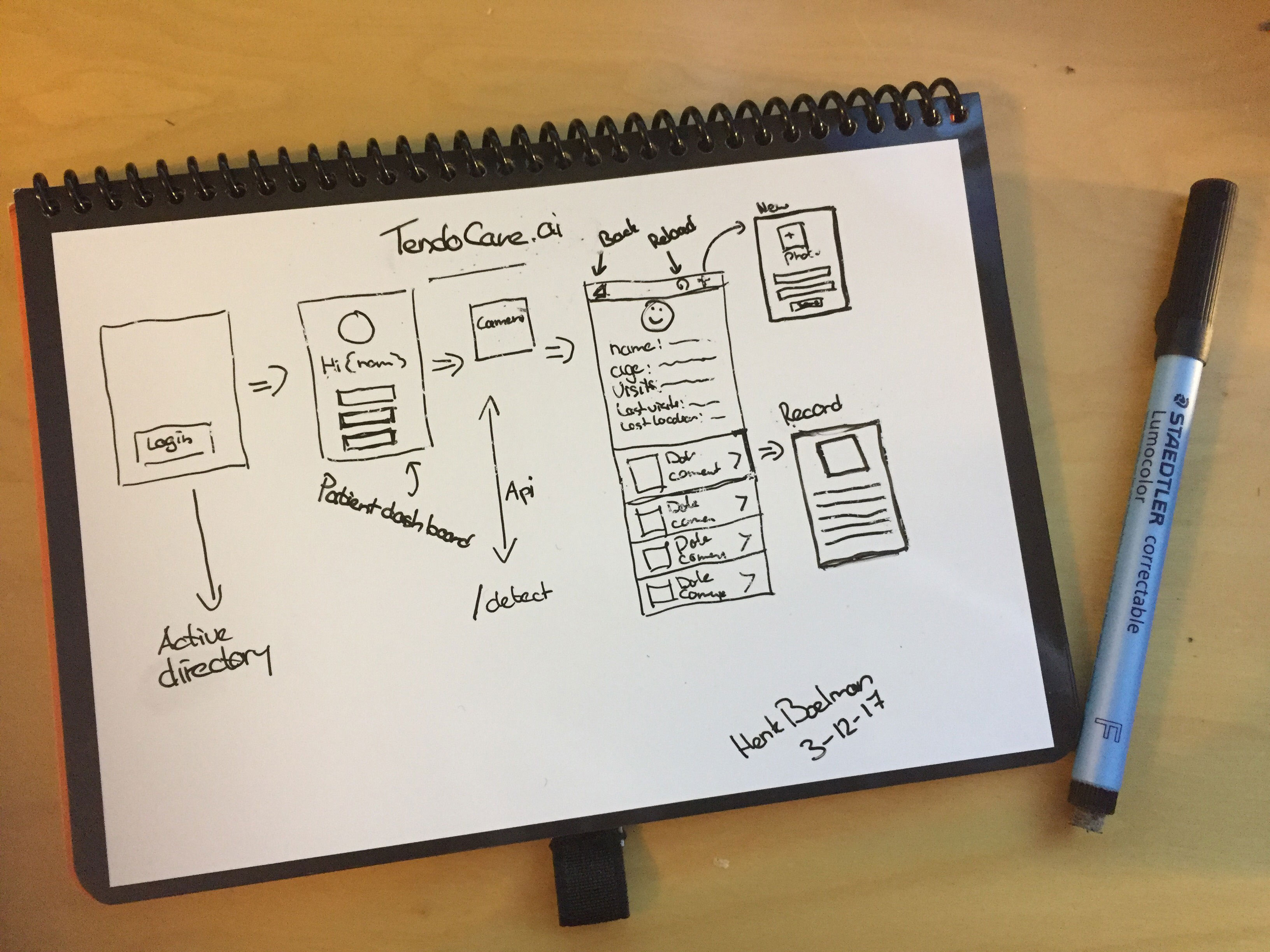Introducing TendoCare.ai
After months of research I'm happy to announce my AI for good platform.
The project
TendoCare.ai is a platform that enables medical workers to be more effective in the field. The platform is powered with AI and redefines the way how we do medical outreach.
Background
Next to my job as a cloud solution architect at Ordina, I'm the founder of a Dutch/Ugandan NGO called Suubi Reachout Foundation. This NGO is working in remote villages in Uganda. One of the fields this NGO is focussing on, is preventive healthcare. Preventive woundcare is a project that is running for over 5 years now. It is a simple but effective project and reaching thousands of children in remote communities now. The concept is simple, treat the wounds of schoolchildren before they get infected. This is done by volunteers who travel from school to school checking and treating the children.

As the medical part of the project is going well, the lack of documentation and insights is getting bigger and bigger. A few examples:
- No reports & insights, there is no realtime reporting and insights on how the projects is doing, a little is written on paper in a box in Uganda.
- No history on clients, if medical workers are returning to patients there are no records of the previous states of the wounds, so it hard to tell if the wound is healing or getting worse.
When realizing the above problems I asked myself:
How can I improve the efficiency of medical field workers in remote Ugandan villages?
Ofcourse the first answer, yes I'm a developer, in mind was create an (Mobile) App and let the fieldworkers enter all their data. But operating a phone wearing gloves is quite hard and looking up the patients by typing a name or patient number is going to be time consuming and will really push down the number of patients that can be helped that day. So a traditional (Mobile) app might not be the best solution to help out in this case.
Let's infuse some AI in it!
AI is making his way to the public on a fast paced and it is no longer something from the movies. The past year I have invested a lot of time in testing out Cognitive Services and trying to understand machine learning. Cognitive Services make it possible to interact with applications and devices in a more natural and human way.
Next to this AI as a service, there is also machine learning that can learn and predict things. I decided to rethink the problem and re-phrased the question by adding just one letter to the sentence.
How can AI improve the efficiency of medical field workers in remote Ugandan villages?
The answer to that from my view is yes AI can put to work in these area's:
- Goal 1: Use Cognitive service to interact with the application.
- Goal 2: Create a Machine Learning model to:
- Automaticly classify wounds
- To predict if a wound is healing or getting worse
- To advise what treatment is needed
The AI-first journey
As every journey, the journey starts with defining what the Minimal Loveable Product should be. What it is able to do and set the point on the horizon what the product is going to be.
First step: Define the project principles and mindset.
- If AI can simplify interaction, we should use it.
- Collect information, but not more than necessary.
- Keep it simple, don't over complicate.
- Use ready components or services, don't develop custom unless necessary.
- Build for scale and performance.
- Everything must be secure by design.
- The tool should benefit the field workers and the project.
Personal goal: Use, research, learn new technology and have some fun.
Second step: Define a global scope
I think it is always a good idea to define a global scope for 1 or 2 releases, it creates focus. For the first release there is a time-bound aspect because the flights are booked to beta-test it.
Release 1
The first release of TendoCare is focussed around the basic features that are minimal needed for to application to work in the field.
Some of the tasks to be done:
- Create wireframes of the application
- Design the security layer
- Design the high-over architecture
- Build the application
The goal of the first release is to create a Mobile App that works on IOS and can collect the data that is needed to start training the machine learning model.
 First draft of the app
First draft of the app
Release 2
Scope: The second release contains the first working version of the predictive model. The rest of the features are going to be defined after the beta tests.
Phases and project timeline
The project is a side project so I will use the KANBAN method to pull my features through the pipeline. The first Phase is currently in progress and the flights are booked to test the app in the field.
- Phase 1: The prototype <= On going
- Phase 2: Test it in the field <= 29 January 2018 till 13 February 2018
- Phase 3: Release version 1
- Phase 4: Collect data en learn
- Phase 5: Create and implement the model
- Phase 6: Test it in the field
- Phase 7: Release version 2
- Phase 8: AI for good is doing its job!
Recap
I realised it is getting a long story, but I hope you understand and get the goal of the project and why it is going to benefit the medical workers. It is going to be a bumpy ride and a lot of fun!
In the next blog I will dive into the technical part of the tool and explain the design.
Any thoughs please feel free to comment below or contact me on twitter